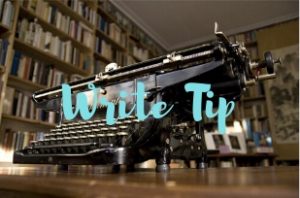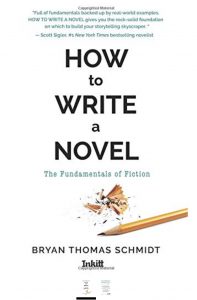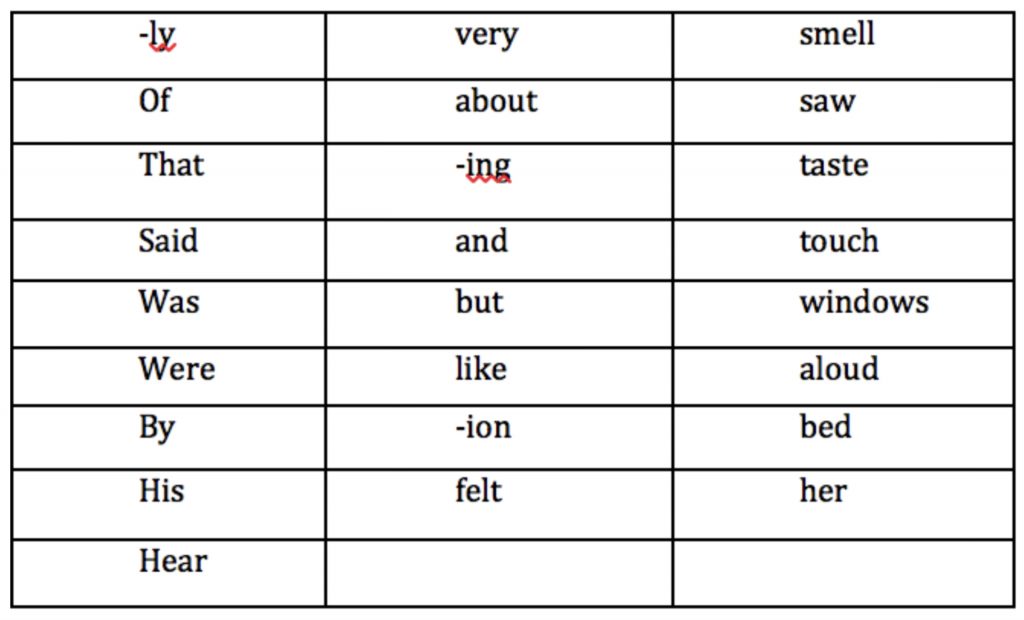









1) Treat Your Characters As Individuals–People are unique, no two the same, and so should it be with your characters. So each character should respond differently to a situation as any other character. In particular, fight scenes, for example, can often be a place where characters blend into one, as they all react the same. Instead try treating such common scenes as opportunities to reveal character through uniqueness. How would one character fight differently than another? Work this in and your story will be richer, your characters stronger. There are many other common scene types where you can similarly emphasize the uniqueness. Look for them.
2) Vary The Vocabulary–People use words differently, so your characters should as well. One of the best ways to distinguish and develop characters is through dialogue. Educated people use more sophisticated words, while less educated structure sentences differently. Think of this as you develop each character’s voice and use it to set them apart, create conflict and develop them throughout your story. Vocabulary, in fact, is far more effective than attempting to create accents. Phonetically, accents already pose problems and can even devolve into silly or, far worse, confusing dialogue styles which detract from the story.
3) Scene Point Of View–Another way to develop character is by choosing the protagonist whose point of view will tell particular scenes. I tend to consider who has the most at stake in a particular scene and make the scene happen in that POV but there are varied theories. Whatever your method, your characters can be developed well through use of POV. For example, I had a scene where a couple are fighting. At the same time, an old enemy is stalking them, intent to do them harm. I told the scene from the enemy’s POV, even though he never interacts with the couple because it allowed me to further both the romantic storyline and the antagonist’s storyline in one scene through his internal monologue as he witnesses their discussion. Three character arcs and two plotlines were thus furthered in one short scene.
4) Sartorial Style–People’s tastes vary, and so should characters’. What they wear, how they choose it, etc. can be a part of characterization. Everything from color to fabric choices to scale, formality, and even clothing cost can be used to establish character. We use such things daily as we observe others to determine things about them, and readers will use such details as clues to define characters if you include them.
5) Naming–Names say a lot about who we are, and so choosing character names is another way to develop them or establish particular impressions almost immediately in reader’s minds. Someone named ‘Timothy’ and someone named ‘Theodore’ will be considered differently by readers. The first sounds more common and less formal, while the second sounds a bit more haughty and implies a different educational level or even class level. Now that’s stereotyping, of course, so sometimes naming a character contrary to the impression the name gives can also be a tool you use. But whatever the tactic, character naming is a very important tool in their development. In addition to formal names, nicknames can also be employed as well. Whether a character has a nickname, uses it or likes it, can say a lot about who they are.
6) Props–We all have our favorite do-dads, don’t we? Things we take with us everywhere we go. The cliches for women are purses and for men, perhaps, favorite hats, but we all have something. Sometimes it’s small enough to fit in a pocket. Other times, it’s carried around for all to see. Props are a great tool for revealing character. Spend time observing people around you. What props does each person have? Keep a spreadsheet or list of potential props for characters. Yes, when writing fantasy or science fiction you might have to be more inventive than just copying from a list you made at the mall. That’s called writing, dears. In any case, props can add great flavor and speak volumes about characters.
7) Companions–Fellow characters, animal or otherwise, can be great for revealing character. We see how they interact with each other and we learn volumes about who they are. Think about it: what would the Lone Ranger have been without Silver or Tonto? What about Batman without Robin? There’s a reason Michael Keaton quit after two movies: he was lonely (Ok, that might be just a guess). Who a person spends his or her time with says a lot about them and so use it to develop your characters well.
8 ) Backstory–It seems obvious but sometimes it’s easy to forget to dig deeply into a character’s past for material to develop the character. Even things you know about them but don’t include in your narrative can be of value. All the experiences of that character’s past serve to shape who he or she is becoming, from determining responses to various stimuli to emotional hotpoints from happy to fearful. When your character seems to become stagnant, review what you know about his or her past, then ask yourself if maybe there might be more to uncover which would help you as you write. You can only have too little backstory, never too much. It’s core to the internal battles all people face and will enrich your ability to write your characters with depth and broadness that stretches outside the boundaries and limitations of your story itself.
9) Traits–Another that seems obvious but developing your character’s likes and dislikes can take you all kinds of places, especially when you examine how they might clash with those of the characters around them and even the attributes of the world around them. All kinds of instances will soon arise where you can reveal more of the character through actions resulting from these traits. In the process, your story will have built in conflict and drama and perhaps even humor you might not have thought of before. Character traits are a great way to add spicy detail to your story, surprising and entertaining readers at the same time. And don’t just limit yourself to personal preferences either. Character traits can also include physical ticks like clenching hands when angry or a slight stutter or even a limp or other defect.
Okay, there you have them: 9 Tools For Character Development. Have more? Please add them in the comments. I’d love to hear what tools and tricks you employ. Let’s learn from each other.
For what it’s worth…
For more tips, come back next Wednesday. For previous WriteTips, click here.


To download How To Write A Novel: The Fundamentals of Fiction free one book, click here.
To check out Bryan’s latest novels, click here.




